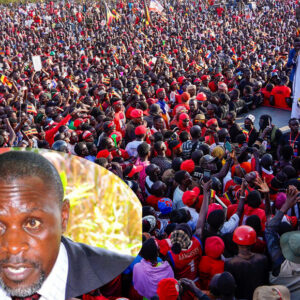In March 2025, Umeme Limited, Uganda’s primary electricity distributor for two decades, will exit the country as its 20-year concession ends. The Ugandan government, led by President Yoweri Museveni, decided in 2022 not to renew the contract, citing high electricity tariffs that hindered industrial growth and affordability for citizens. The Uganda Electricity Distribution Company Limited (UEDCL), a state-owned entity, is set to take over operations on April 1, 2025, marking a shift from private to public management of power distribution. This transition follows years of public frustration with Umeme’s pricing and service, despite its achievements in improving efficiency and expanding access. The handover process, overseen by the Ministry of Energy, aims to ensure continuity, but it carries significant implications for all involved.
For Ugandans, Umeme’s exit promises potential relief from high tariffs, which Museveni blamed for stunting economic progress. Over 1.6 million customers, up from 294,000 in 2005, now rely on the grid, thanks to Umeme’s infrastructure upgrades, yet many struggled to afford the power. UEDCL has pledged to maintain existing tariff structures initially, with hopes of reductions like the 5.2% cut announced by the Electricity Regulatory Authority in early 2025. However, concerns linger about UEDCL’s capacity to match Umeme’s operational efficiency, which raised distribution efficiency from 50% to 83% and cut energy losses from 38% to 18%. A smooth transition could mean better access and affordability, but any missteps might lead to outages or service declines.
Shareholders, particularly Ugandans who own 39.2% of Umeme’s stock on the Uganda Securities Exchange, face uncertainty as the company winds down its core operations. The government’s buyout, estimated at $215 million, will compensate Umeme for unrecovered investments, with the final amount to be set by the Auditor General. This payout could yield dividends for shareholders, including the National Social Security Fund, which holds a significant stake, though the stock price has never recovered from drops triggered by earlier exit talks. While Umeme remains a corporate entity post-concession, its future profitability is unclear without its Ugandan distribution role. For many, this marks the end of a lucrative but controversial investment.
The Ugandan government sees this as a chance to reclaim control of a vital sector, aligning with Museveni’s push to prioritize public welfare over private profit. The $215 million buyout and UEDCL’s $64 million capitalization strain national finances, but officials argue it’s a necessary step to lower costs and boost industrialization. The transition has been meticulously planned, with 2,712 jobs reserved for Umeme and UEDCL staff to avoid disruptions. Yet, the government faces pressure to prove UEDCL can deliver where Umeme fell short, especially after past failures like the Uganda Electricity Board’s inefficiencies pre-2005. Success here could redefine state-led utility management in Uganda.
This saga offers lessons in balancing private sector efficiency with public interest. Umeme’s tenure showed how privatization can modernize infrastructure—doubling transformers to 14,833 and expanding the grid—but also how profit motives can clash with affordability, as the 20% return on investment drove up tariffs. The government’s firm stance against renewal highlights the need for contracts that prioritize citizens over corporate gains, a critique of the 2005 deal’s skewed terms. For shareholders, it’s a reminder that high returns come with risks tied to public sentiment and policy shifts. Ultimately, Uganda learns that sustainable power requires a model where progress doesn’t price out the people it’s meant to serve.




